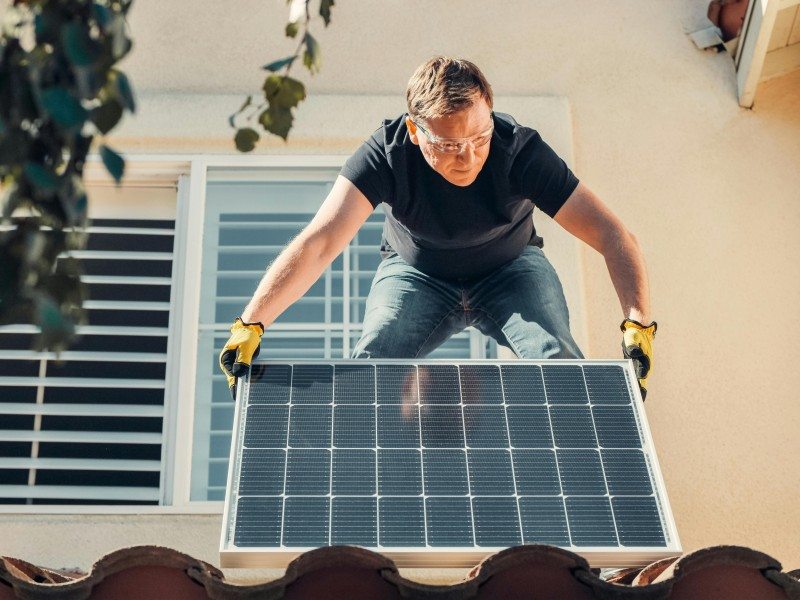Solar Photovoltaic Agricultural Greenhouse and Sustainable Agriculture
So, you’re probably wondering what this fancy term 'Solar Photovoltaic Agricultural Greenhouse' really means. Well, let me break it down for you! Imagine a greenhouse that not only grows your favorite veggies but also generates its own electricity from the sun. Yes, you heard that right! It’s like having your cake and eating it too—except the cake is organic tomatoes and the electric bill is nowhere to be found. Who wouldn’t want to grow crops while harnessing solar energy? It’s a win-win situation!
Now that we’ve established what a Solar Photovoltaic Agricultural Greenhouse is, let’s dive into why they’re becoming all the rage in farming circles. First off, these greenhouses can significantly reduce energy costs. Picture this: instead of paying through the nose for electricity to run your fans and lights, you’re using free energy from our good old friend, the sun! Plus, they help in reducing carbon footprints—so Mother Nature will give you a high five (or maybe a hug).
Alright, so how does this magical setup work? In simple terms, solar panels are installed on top of the greenhouse roof. These panels convert sunlight into electricity which can be used to power everything from heating systems to irrigation pumps. Isn’t that neat? And if there’s extra juice left over after powering your greenhouse operations, guess what? You can sell it back to the grid! Talk about turning sunshine into cash!

When it comes to choosing what crops to grow in your Solar Photovoltaic Agricultural Greenhouse, think strategically! Not all plants are created equal when it comes to light requirements and growing conditions. For instance, leafy greens like lettuce thrive in these environments because they love that filtered light coming through those glass panes or plastic sheets. But hey, do you think tomatoes would throw a tantrum if they got less sunlight than they’re used to?
Let’s talk maintenance because nobody wants their greenhouse looking like a scene from an abandoned horror movie! Regular cleaning of solar panels is essential; dirt and grime can cut down efficiency faster than you can say ‘solar power.’ Also, keep an eye out for pests—those little guys love greenhouses as much as we do! Have any funny pest stories? Share them with us!
As we look ahead into the future of agriculture (cue dramatic music), Solar Photovoltaic Agricultural Greenhouses are set to play a pivotal role in sustainable farming practices. With climate change knocking at our door (and no one invited it!), farmers are increasingly turning towards renewable energy solutions like solar power. So next time someone asks if farming can save the planet, just nod knowingly and mention those fabulous greenhouses!
Industry Perspectives on Solar Photovoltaic Agricultural Greenhouses
From the viewpoint of agricultural engineers and energy efficiency experts, Solar Photovoltaic Agricultural Greenhouses represent a significant advancement in crop yield optimization and renewable energy integration. These structures not only provide an environment conducive to plant growth but also utilize cutting-edge technology to maximize energy efficiency. By leveraging solar panels, these greenhouses can significantly reduce reliance on fossil fuels while simultaneously enhancing crop production capabilities. The controlled environment allows for precise management of temperature and humidity levels, which are crucial for optimizing growth rates and improving overall yield. Furthermore, integrating renewable energy sources such as solar power into agricultural practices helps mitigate the impact of climate change by reducing greenhouse gas emissions. The industry is increasingly recognizing that adopting such innovative solutions not only enhances productivity but also contributes to a more sustainable agricultural future.
Combining Sustainable Agriculture with Solar Energy
Incorporating Solar Photovoltaic Agricultural Greenhouses into sustainable agriculture practices creates a harmonious relationship between food production and environmental stewardship. This synergy allows farmers to adopt eco-friendly methods while still meeting the demands of food supply chains. As sustainable agriculture focuses on minimizing environmental impact through practices like crop rotation and organic farming, integrating solar energy provides an additional layer of sustainability. This approach not only reduces operational costs associated with energy consumption but also promotes biodiversity by creating habitats within greenhouse environments. With increasing consumer demand for sustainably grown produce, farmers who invest in these technologies position themselves favorably in the market while contributing positively to global efforts against climate change.
Data Insights on Solar Photovoltaic Agricultural Greenhouses
| Aspect | Solar Photovoltaic Agricultural Greenhouse | Sustainable Agriculture | Sustainable Agriculture + Solar Energy + Crop Management |
|---|
| Energy Efficiency | High energy yield from solar panels | Utilizes organic farming practices | Combines solar energy with crop management |
| Cost | Initial investment in solar technology | Lower operational costs over time | Balanced investment in energy and crop management |
| Environmental Impact | Reduces carbon footprint | Promotes biodiversity | Enhances soil health and reduces waste |
|
The table above highlights various aspects concerning Solar Photovoltaic Agricultural Greenhouses compared to traditional sustainable agriculture practices. As we can see, these innovative greenhouses stand out in terms of energy efficiency and environmental impact while also providing cost-effective solutions for modern farming needs.
The Future of Farming with Solar Photovoltaic Agricultural Greenhouses
In conclusion (don’t worry I’ll keep it short!), Solar Photovoltaic Agricultural Greenhouses represent an innovative leap forward for sustainable agriculture. They combine crop production with renewable energy generation—talk about multitasking at its finest! If you're considering going green (pun intended), now's the time to explore how these amazing structures can benefit both your wallet and our planet.
This article is edited by Xiao Ke, created by Jiasou TideFlow AI SEO.